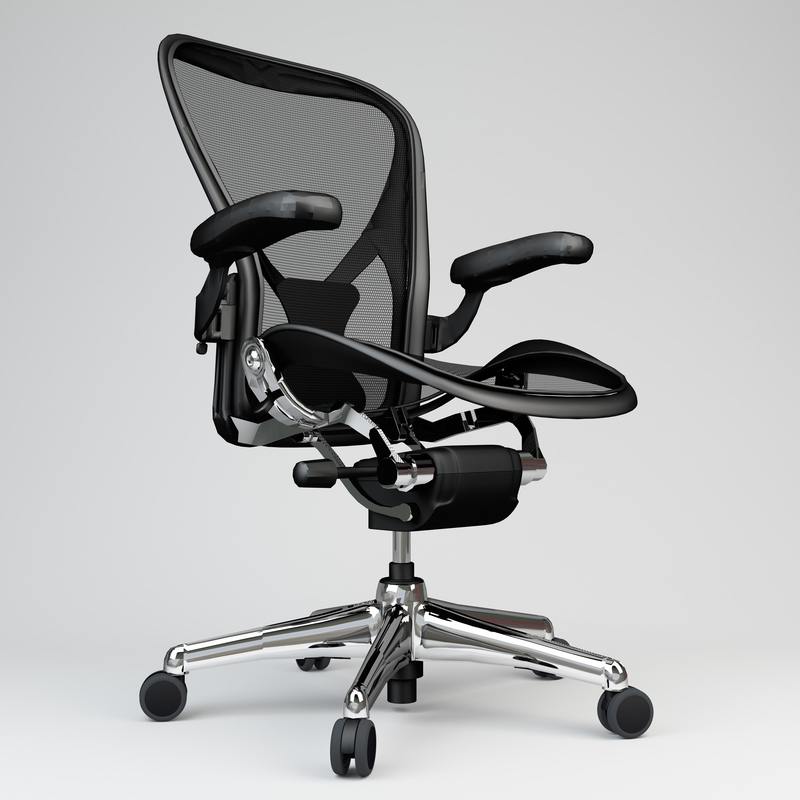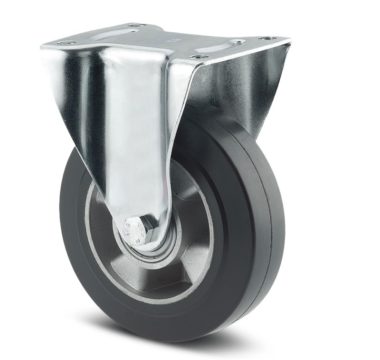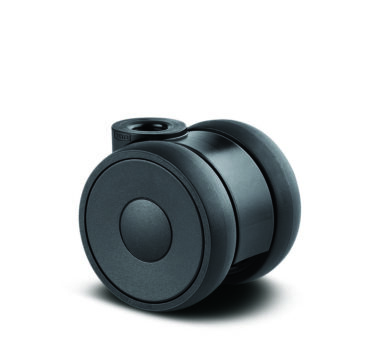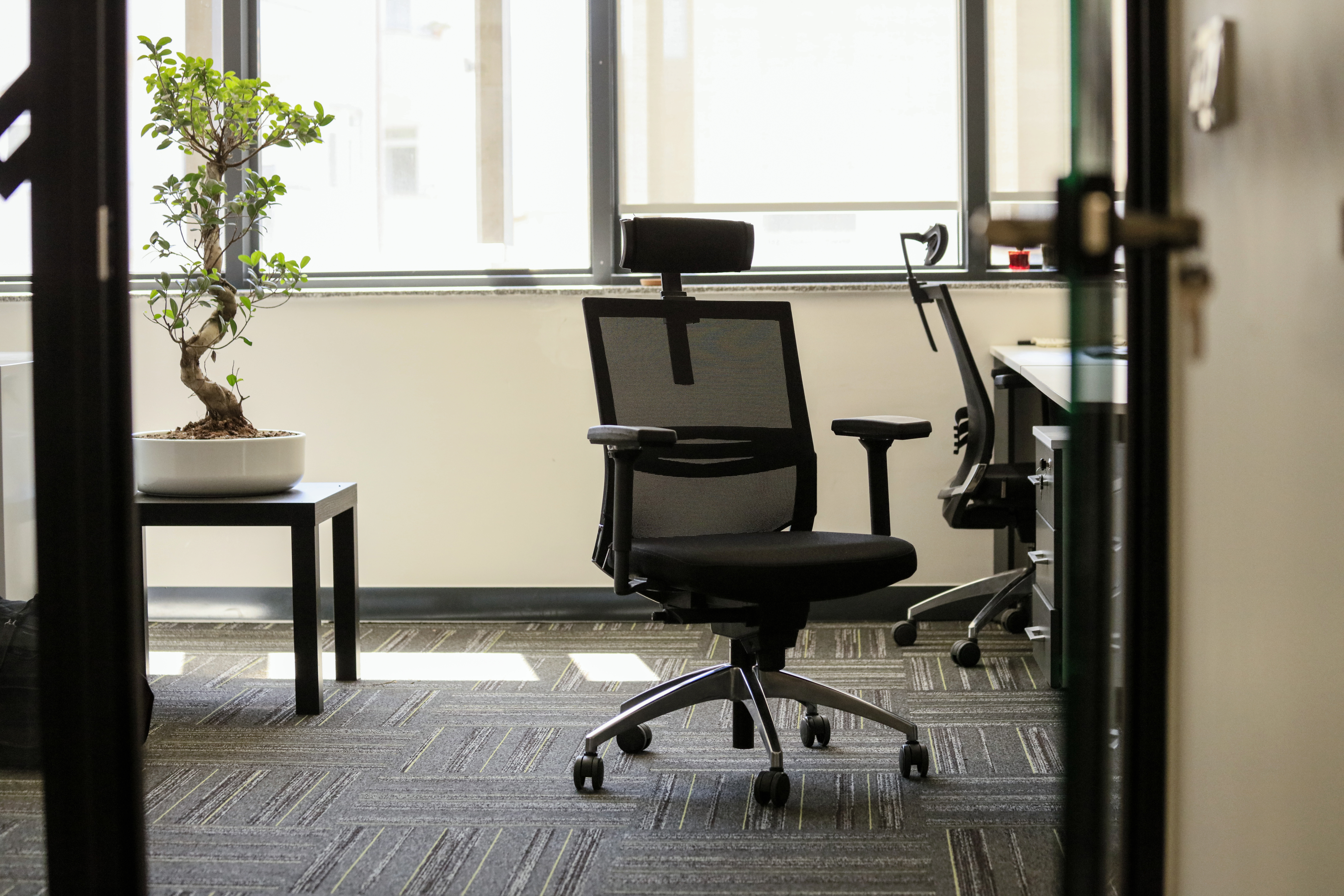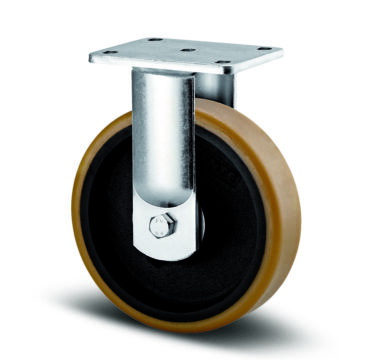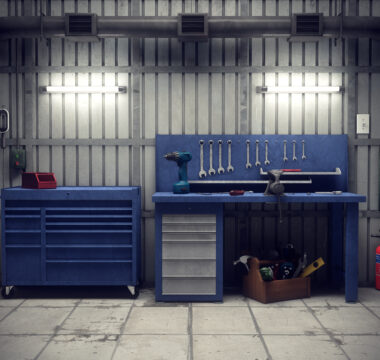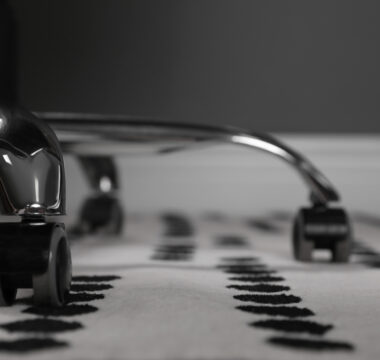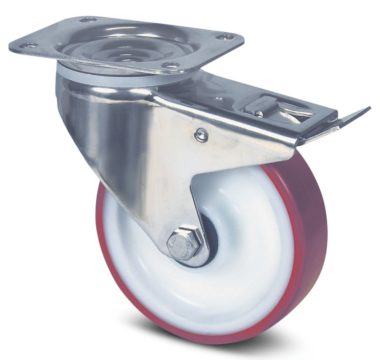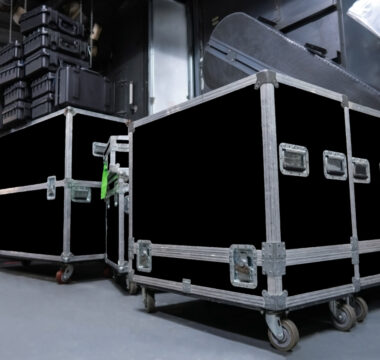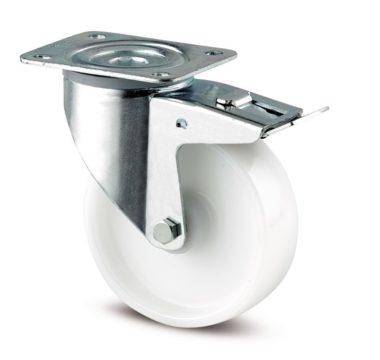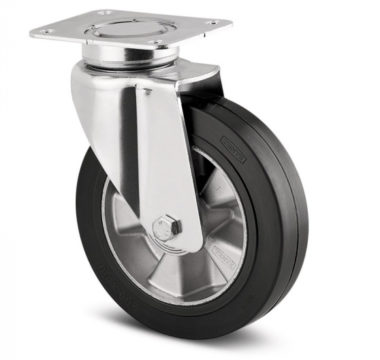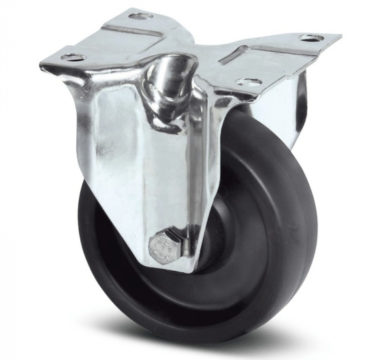Castors can significantly increase the mobility of a product, such as an office chair or bed, when they are functioning properly. However, with time, the tread on the castors wears down and results in an uneven ride. It is very tempting to just replace the whole product – buy a new chair or bed – instead of removing and replacing just the castor. Read on to better understand how to replace a typical castor you may find around your home or workplace, such as an office chair, a piece of antique furniture or your bed.
How to remove chair castors
Replacing a chair castor is simple and will take hardly any time at all; you just need to know how. Your typical office or desk chair usually has castors that are secured to the chair without a fastener and can be easily removed by simply pulling them out. However, things are not always this simple and you can come up against the odd one that is a bit trickier to remove. In these instances, you may have to pry the castor to remove it from the chair.
Follow the following steps to quickly remove and install your new castors:
STEP 1:
Begin by turning your office chair over so that the wheels are in the air and you can gain access to the castors. Hold on to the leg that you are removing the castor from with one hand. With your other hand, pull on the castor that you want to remove, and it should hopefully pop out.
STEP 2:
If you are unlucky enough to have a castor that does not want to come out with a simple tug, insert a flat headed screwdriver between the castor and the chair leg. Using the screwdriver, gradually pry the castor upwards until it pops out.
STEP 3:
New castors can be installed within seconds. Hold on to the chair leg with one hand and use your other hand to push the circlip stem into the base leg. You should hear a click when sufficient force is applied, and the castor will then lock into place. If you want to be sure that your new castors are installed properly, turn your chair back over and lift it off the floor. The castor should not fall out from the base.
Your newly fitted castors are now ready for a test drive!
How to replace bed castors
You’ve had a long, busy day and you just want to get a good night’s sleep to recover, but as you snuggle down in bed, one corner crashes down to the ground and you now have to figure out how to get your bed back on even ground so to speak. Instead of having to purchase a whole new bed frame, you can just replace the castors. Removing and replacing bed castors is simple and can be done at home with the aid of a trusted friend.
Follow these steps to replace your bed castors and get back to having a good night’s sleep:
STEP 1:
Remove the mattress from the bed frame. Ask a friend to help hold one side of the bed frame off the floor so that you can access the castor you want to replace. The castors are normally fitted into a groove so you should be able to pull them out with a simple tug. You may have to wiggle the castor back and forth to loosen the stem from the base.
STEP 2:
If you have a stubborn castor that is firmly situated in place, you may have to insert a flat headed screwdriver between the castor and bed frame to pry them apart.
STEP 3:
If all else fails, often a sharp tap with a hammer is enough to loosen and remove the castor from the bed frame.
STEP 4:
New bed castors can be installed in a similar way to chair castors by pushing the stem into the grove until you hear a click. If you are struggling to get the castors in place, gently tap the castor with a rubber mallet until you hear the click.
Now you can place your mattress back on top and enjoy a comfortable night’s sleep.
Maintaining castors
Keeping your castors in good working order helps minimise the need to replace them and keeps you and your furniture mobile. It is therefore vital that you check them on a regular basis to identify any potential problems.
Follow these handy tips to keep your wheels in motion:
1) TENTE castors can be easily wiped clean using a damp cloth.
2) If your castors require a more thorough clean, remove the chair or bed castors as already explained. This will make it much easier to identify and remove any hair or trapped debris. Remove the majority with your fingers and use some sticky tape to tackle any smaller pieces of debris that are well attached to the wheels. Test the wheels to ensure they rotate freely before reattaching them back to their base.
3) Look out for tread wear on the wheels. It may be that they just need a good clean or you may need to replace the whole castor.
4) If the wheel does not seem to move freely, try greasing the wheel to improve performance and ensure the longevity of the castors.
By following our guidance and instructions, you will be able to remove and replace chair, bed and other simple furniture castors enabling you to restore your product back to full mobility.




